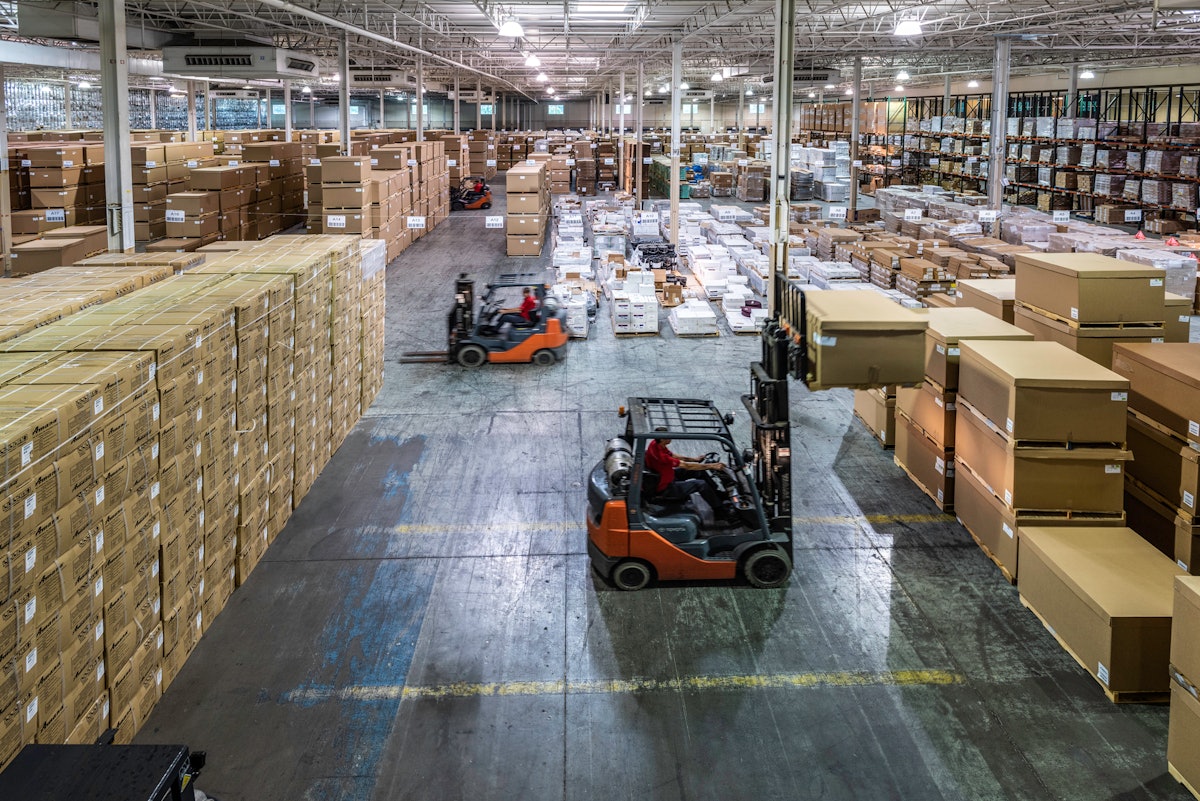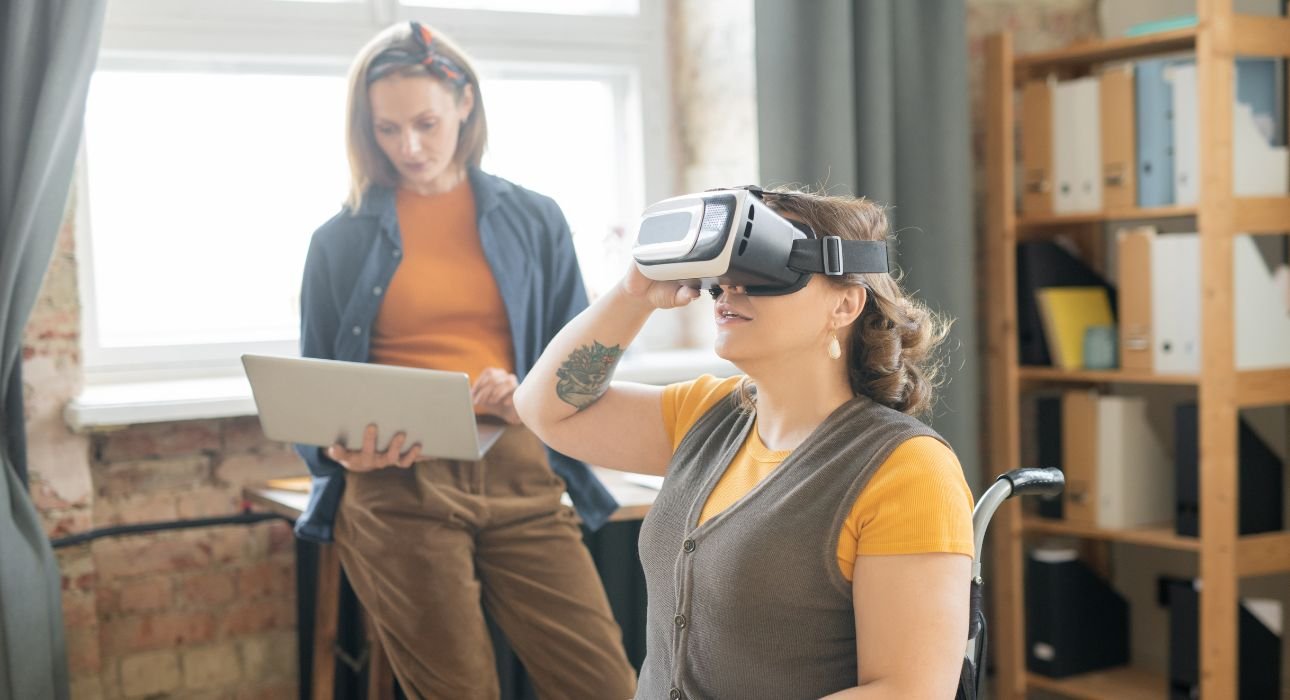The physical retail environment is experiencing swift changes, influenced by a blend of technological advancements, changing consumer demands, and broad economic changes. In the current era, traditional storefronts must move beyond outdated business models and conventional customer service methods. Numerous important trends are not only influencing the industry—they are fundamentally altering the way physical retail functions, attracts customers, and competes in an increasingly digital market.
Omnichannel Integration: Merging Online with Offline Experiences
One prominent change-maker in the physical retail sector is the vigorous adoption of omnichannel approaches. Retail companies now understand that customers demand seamless, uniform experiences across all channels. This involves achieving coherence between brick-and-mortar stores, online shopping platforms, mobile apps, and even social commerce.
For example, large retailers such as Target and Walmart have heavily invested in buy online, pick up in-store (BOPIS) options. According to a 2023 report by the National Retail Federation, more than 70% of consumers utilized BOPIS at least once in the past year. This hybrid interaction not only drives in-store traffic but also provides traditional retailers with valuable cross-channel data, enabling more targeted marketing and inventory optimization.
Case Study: Nordstrom Nordstrom’s “Nordstrom Local” concept exemplifies effective omnichannel disruption. These smaller, merchandise-free hubs allow customers to pick up online orders, make returns, or get personalized styling advice, enhancing convenience while keeping operational footprints lean.
Experiential Retail: Transforming Spaces Into Destinations
Traditional retail is evolving from being merely transactional to becoming a venue that focuses on experiences, community interaction, and immersive brand engagement. Today’s consumers, especially Millennials and Gen Z, value distinctive and unforgettable experiences more than just buying products.
Example: Nike’s House of Innovation Nike’s flagship stores, dubbed “House of Innovation,” offer features like interactive sports zones, customization bars, and AR-enhanced product displays. These elements stimulate longer dwell times and foster deeper emotional connections between consumers and the brand.
Experiential components go beyond mere tricks; they significantly impact buyer choices. As per a Deloitte survey conducted in 2022, 58% of consumers are inclined to return to shops that provide captivating experiences, including in-store events, workshops, or immersive product demonstrations.
The Growth of No-Checkout and Contactless Shopping
Driven by advances in computer vision, AI, and IoT devices, the concept of frictionless checkout is rapidly entering mainstream retailing. The global pandemic amplified this demand, making hygiene and speed paramount.
Amazon Go and Competitors Amazon Go pioneered the “Just Walk Out” technology, enabling shoppers to enter, shop, and exit without physically checking out—transactions are managed seamlessly via mobile apps and smart sensors. Other retailers, including 7-Eleven and Tesco, are experimenting with similar formats, cutting operational costs while addressing consumer demand for convenience.
Analysis of Data A Juniper Research study predicts that through 2025, seamless checkout technologies might handle $386 billion in transactions worldwide. This growth is backed by customer input—more than 60% of participants in a Capgemini survey conducted in 2023 expressed their preference for self-service checkout choices, mentioning faster service and improved control.
Sustainability and Ethical Commerce
Today’s consumers are increasingly conscious of their environmental and ethical footprints. Physical retail must respond by integrating sustainability across operations, from eco-friendly store design to supply chain transparency and localized sourcing.
Retailer Example: IKEA has amplified its sustainability initiatives in its physical stores by using eco-friendly materials, providing repair services, and testing buyback programs for furniture. These efforts strongly connect with customers who see environmental accountability as a standard expectation rather than something unusual.
Moreover, smaller chains and independents are leveraging sustainability as a unique selling proposition. Initiatives such as zero-waste packaging, carbon-neutral delivery for in-store pickups, and community recycling points are driving loyalty among eco-minded shoppers.
Adaptive Store Formats and Micro-Fulfillment
El área de venta al por menor está cambiando para ser más flexible y adaptarse mejor a las tendencias del mercado local y la optimización del inventario. El crecimiento de los centros de micro-fulfillment—instalaciones de almacenamiento pequeñas y automatizadas que se encuentran cerca de grupos de consumidores—facilita entregas rápidas y respalda los modelos de compra y recogida.
Case Study: Kroger Kroger, the primary supermarket chain in the U.S., collaborates with robotics companies to establish automated micro-fulfillment facilities next to their current locations. This approach significantly cuts down on final-mile delivery durations and improves inventory rotation, giving an advantage over online retailers with quick shipping options.
Entertainment in Retail and Community-Centric Commerce
Physical outlets are transforming into community hubs that encourage social engagement and fun activities. This development, frequently referred to as “retailtainment,” is visible in venues such as Apple’s flagship stores, where Today at Apple sessions are held, offering complimentary educational workshops and shows.
Community Hubs Companies like Patagonia and Lululemon arrange group runs, eco-friendly workshops, and exercise sessions, turning their retail locations into social centers rather than just retail outlets. These approaches enhance brand loyalty and set apart physical stores as vital meeting places.
AI-Powered Personalization and In-Store Analytics
Stores are utilizing advanced analytics solutions enhanced by artificial intelligence and machine learning to personalize the shopping experience in physical locations. This involves variable pricing signs designed for individual customer profiles, targeted promotions sent through smartphone beacons, and even AI-powered fitting room helpers.
New Development: Sephora Sephora’s in-store AI tools suggest items according to skin characteristics, previous buys, and live responses, offering a deeply personalized journey that boosts contentment and spending.
In addition, retailers are using heat-mapping and facial recognition tools to optimize store layouts, product placements, and staffing levels, driving up both engagement and conversion.
Physical retail is being reinvented by forces that recognize the blurring of digital and brick-and-mortar boundaries, the pursuit of sustainability, and the desire for deeper, more meaningful engagement. No longer just transactional outposts, stores are transitioning into multi-dimensional hubs—part fulfillment center, part event space, part community anchor. The trends reshaping the industry will reward those retailers who can anticipate shifts in expectations, embrace technology, and design human-centric, adaptive experiences. The disruption is as much about mindset as it is about logistics, and those who adapt will help define the future contours of retail itself.




